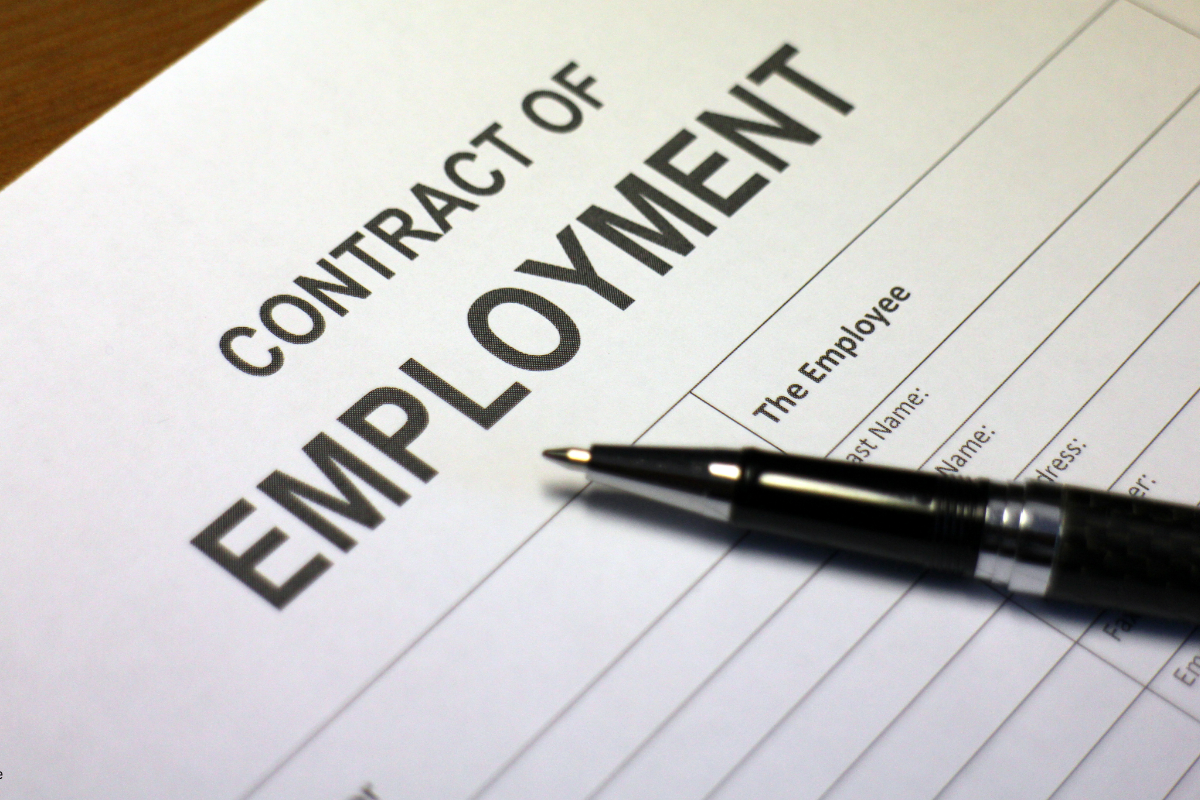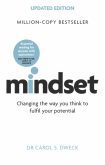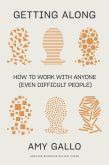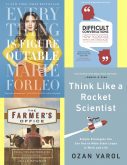Most of us have been there. You find yourself standing awkwardly at the refreshment table at a conference, nodding and smiling as people pass you by. You want to connect with them but you’re not quite sure how to do it.
If you’re an introvert, which researchers say is about a third of us, then this situation is especially challenging.
According to Susan Cain, author of Quiet: The Power of Introverts in a World That Can’t Stop Talking, introverts are deep thinkers who are most comfortable having one-on-one conversations.
Read Also

Employment Agreements Can Help Protect Your Farm
Entering into employment agreements with each of your farm employees should be at the top of every farm’s “to do” list, but caution must be exercised.
Importantly, introverts often dislike small talk, which is what makes social situations like these painful.
But that doesn’t mean introverts don’t like people, or that they aren’t social. While there has been some refinement of the theory since psychologist Carl Jung first identified the personality trait in 1921, in general, extraverts are energized by being around other people and being involved in activities, while introverts recharge with time spent alone.
Cain points out there aren’t any pure introverts or extraverts. Instead, people will fall somewhere along a scale between the extremes.
But even if you find yourself on the introverted end of the scale, you don’t need to feel doomed to be a wallflower at big events. Instead, take heart, because several experts and successful introverted networkers share their tips below for how even the most introverted among us can be well connected.
First off, recognize that you are not alone. According to Susan Regier, a St. Joseph, Ont. marketing strategist and online publisher of Networking Today, 80 per cent of us find such situations difficult regardless of whether we are introverts or extroverts.
Her advice is to make the first move, smile, reach out for a handshake and introduce yourself. “This puts the other person at ease,” she explains.
Regier also says it helps to get to the meeting early. “Get there when the room is nearly empty. It’s easier when there aren’t many people there yet.”
Pat Katz, a wellness expert in Saskatoon, advises looking for others who seem ill at ease on the fringes of the activity. “Chances are they share your trepidation and discomfort in large groups,” she says.
Your goal should be to aim for quality of interactions rather than quantity, Katz says. “A solid interaction with a single person or a small group of two or three will be easier to handle and more meaningful for you.”
There are also some things you can do to prepare for the event that will make it easier to connect with others once you are there. If it’s a large event, find out through social media who will be attending and reach out to them ahead of time, suggests Regier. “Tell them you’re looking forward to meeting them.”
Stratford, Ont. copywriter Joanne Wallace, a self-described introvert, agrees and offers these extra tips. Check out the organization’s website and look for forums where the members interact with one another. Does the event have its own Facebook page? If so, check to see who is attending. On Twitter, search for the name of the event and follow any tweets. Will any of your LinkedIn contacts be going?
If you’re new to the organization, Wallace also recommends reaching out to the executive members before the meeting. “Tell them you want to meet other members.”
Volunteering to help at an event can also take the pressure off. This will put you in contact with like-minded people while you also contribute to a cause you are passionate about, says Regier.
As well, finding a networking buddy to attend the event with you can also make it a lot easier than entering that room by yourself, says Wallace, although she cautions, “Don’t stick like glue to your buddy all night.”
Also spend some time before the event thinking of a few questions you can use as conversation starters. Here are some of Wallace’s favourites: Have you been to this event before? What brings you here? What do you do? Tell me about that.
Wallace says most introverts are good listeners, so this is an area where you can shine.
Wallace thinks of networking as building relationships, expanding her circle, reaching out to see who’s out there and figuring out how she can help them.
Since big events with lots of people are tiring for introverts, Katz recommends topping up your tank before attending the event. “Before heading into the ‘lion’s den’ of networking, spend some solo time doing something that refreshes you so you go into the experience with a strong reserve.”
Likewise, after an interactive solo experience, Katz recommends building in some solo downtime to re-energize.
Make sure you follow up with the people you meet after the event, says Wallace. “Send an email, connect in social media, send relevant articles, meet up for coffee.”
In this digital age, you can also skip the big events and make connections from the comfort of home. Find out where others who are interested in the same things you are hang out online. If they are on Twitter, what hashtags do they use? Follow speakers from meetings who are working on things you are interested in on Twitter. On Facebook, “Like” the pages from organizations that are working on issues you are interested in. On LinkedIn make sure you have a good bio that indicates your area of specialty and the kind of connections you’d like to make.
After connecting through social media, when possible meet face-to-face to solidify the personal relationships, says Wallace.
If you’re introverted, you may never enjoy big events where you don’t know many people, but by preparing for the event and following some key strategies you can make some meaningful connections.
Resources
- Networkingtoday.com, an online publication on networking by Susan Regier.
- Quiet: The Power of Introverts in a World That Can’t Stop Talking by Susan Cain (2012). You’ll find a community for introverts on Cain’s website, quiterev.com.
- Are you an introvert or extrovert? Take the Introvert Quiz at www.quietrev.com.
- For more on the benefits of introversion watch Cain’s TED talk at TED.com.
- And an oldie but goodie, Dale Carnegie’s 1936 book, How to Win Friends and Influence People, is still worth reading.
















